In the rolling farmland between Kelso and St. Boswells in the Scottish Borders stands one of only eight sites in all of Scotland to receive five-star status from VisitScotland, and one that feels forgotten in the shadows of the nearby abbeys: Smailholm Tower. The tower house stands watch upon lands that form the marches between Scotland and England, and once served a defensive purpose for the people of this area who sought refuge from border reivers following the Wars of Independence. From my accommodation at Whitehouse Country House I could see the battlements of the tower poking over the hills and decided, on a whim, to drive out and find this curious place.
A visit to Smailholm Tower is imperative for those of you on the trail of Sir Walter Scott, for it proved to be a great inspiration to him throughout his life. Scott’s family assumed ownership of Smailholm Tower in the 17th century, and it subsequently appeared in Scott’s ballad The Eve of St. John and again in Marmion. Today, the tower highlights this connection to the Borders’s most famous son throughout its museum displays.
I arrived to find Smailholm Tower thrust into deep blue skies after a very bumpy drive along a farm track. The parking area could only hold about five cars, and there was none of the slick visitors’ trappings around the site (which I like). A couple rough, dirt paths lead from the parking area up the slight hill known as Lady Hill to the ruined barmkin, a thick stone wall.
From the base of Lady Hill Smailholm Tower presents an impressive facade. The surrounding lands are very flat and here, atop the only rise, stands a tall, stone peel tower like a spear thrust into the heavens. Peel towers are small, fortified tower houses common in this region of Scotland intended as watch towers where signal fires could be lit by the garrison to warn of approaching danger.
I clambered up the path, through the ruined barmkin, and into the small courtyard where the ruins of various outbuildings and a chapel are visible. Smailholm Tower was built by the Pringle family, a wealthy Borders family with several estates in the East March of Scotland, sometime in the 15th century. This tower would have been their farm house, a fact that conveys the danger of the times.
The Pringles were raided often during the “rough wooing” when Henry VIII of England forcibly sought to wed his five-year-old son, Edward, to Mary, Queen of Scots, who was then an infant. The wooing didn’t go well – the two were never married – but many English and Scottish borderers died in the ensuing raids. Such raids usually entailed stealing loads of cattle and horses – but sometimes also prisoners – the loss of which could spell financial disaster for the raided. Inevitably, retribution in kind was meted out and so the system of raiding over the border persisted.
I ducked beneath the low door that led into Smailholm’s ground floor and found an exceedingly cozy, four-storey tower house with walls two and a half meters thick. The vaulted basement, which would have been divided in two by a wooden floor, now houses the entry where visitors pay to explore the tower. Stone stairs lead up to the higher levels where unique human figurines depict the history of Smailholm Tower and the stories of Sir Walter Scott. The interior of the tower is rich in atmosphere – you can really feel what it must have been like to hole up here for protection from reivers.
From the top storey you can exit out onto battlements facing north and south over the surrounding land. The Eildon Hills are clearly visible on the right side of the above picture, but Melrose, Berwick-upon-Tweed, and even Edinburgh can nearly be seen on clear days like the one I had. A beautiful, natural turf roof protects the tower from the damp.
My visit to Smailholm Tower was quick, quiet, and extremely enjoyable. The tower is expertly maintained and has one of the most unique museum exhibitions I’ve seen anywhere in Scotland. Smailholm is deserving of the five-star rating, but also more visitors, for though it stands in the heart of the central Borders near many other sights it seems to be passed over for higher profile places like the abbeys or Scott’s View. Don’t miss a visit to Smailholm Tower the next time you pass through the Borders!
Disclosure: Historic Scotland provided me with a complimentary visit. All thoughts and opinions expressed here are my own.


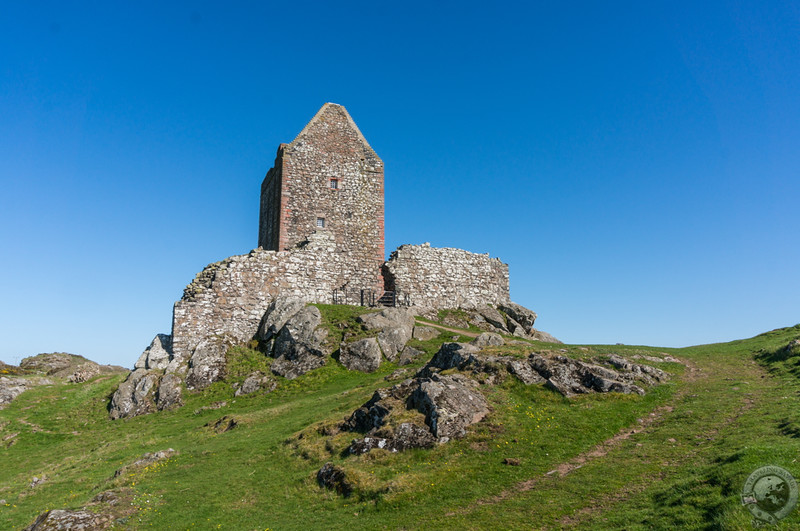
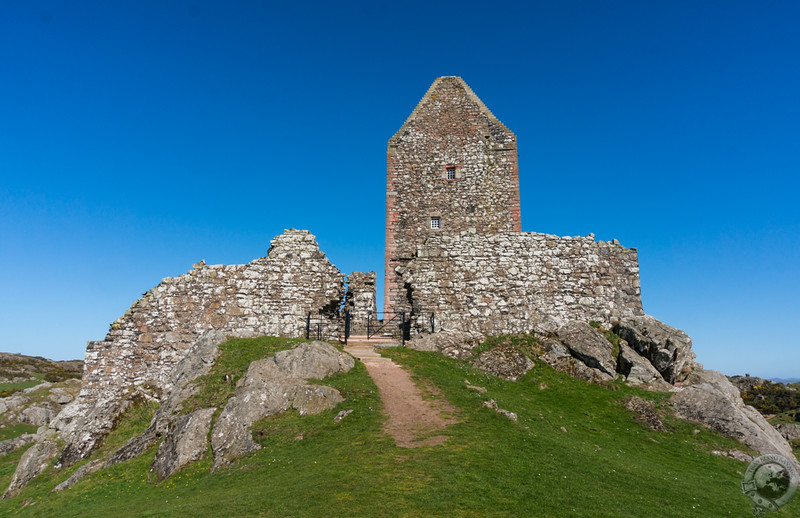
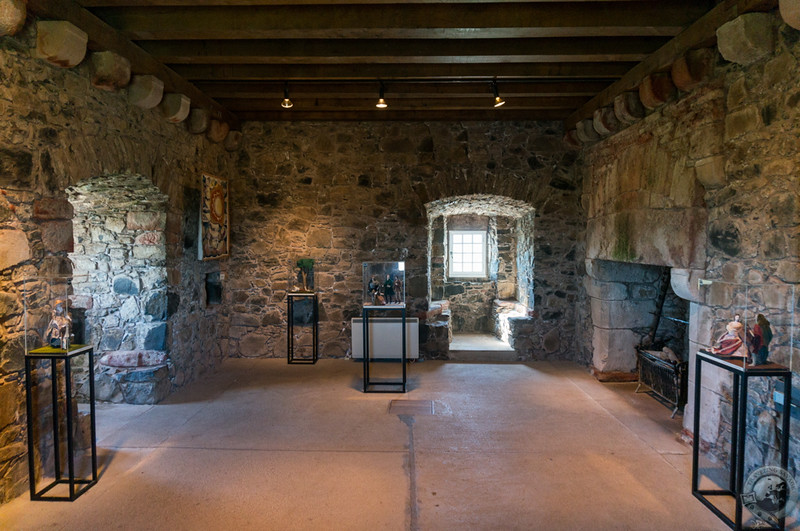
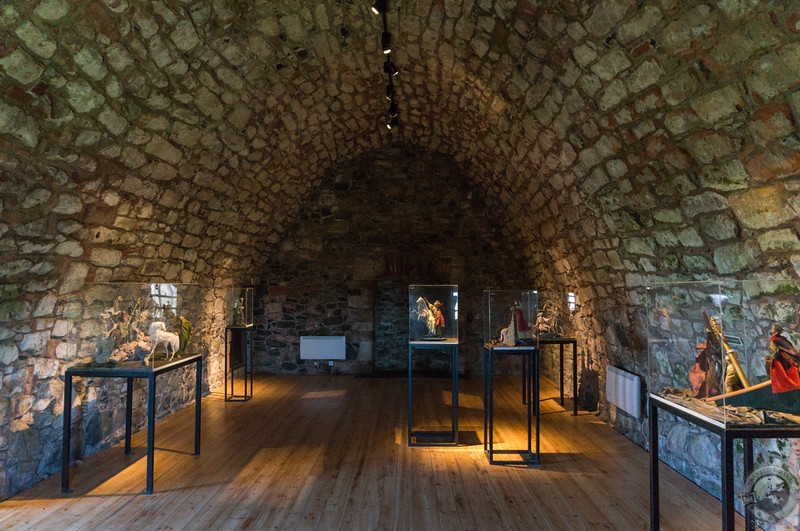
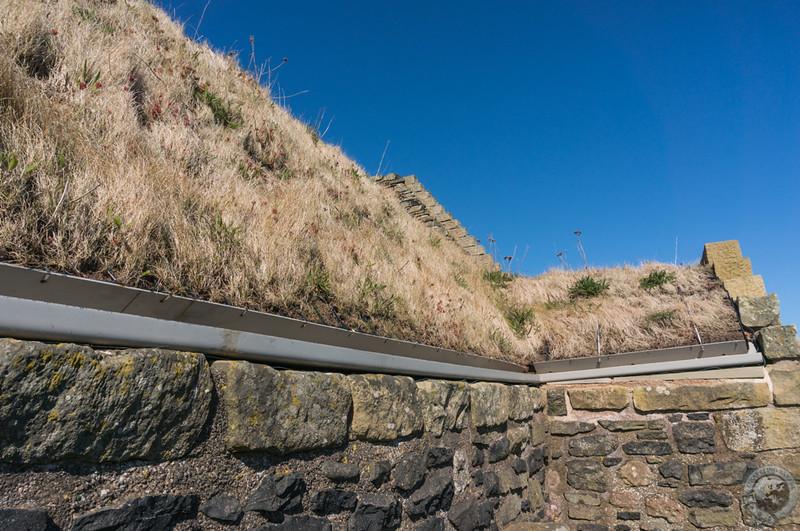
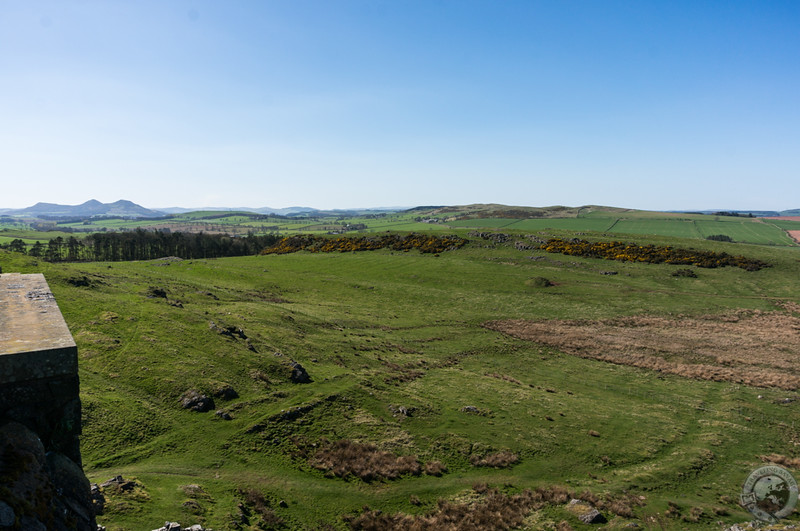
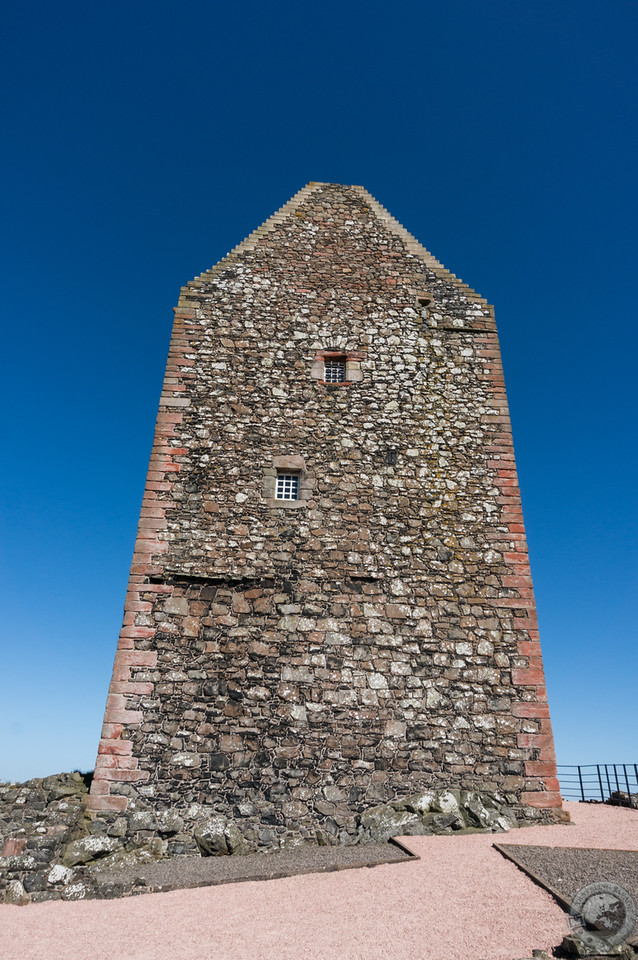
Beautiful place and great story telling.
What a beautiful sight and a gorgeous day to spend here. Sitting atop this high point it is easy to see why this was such a great defensive structure. Looks like you can see for miles.
The weather was great the whole time I was in the Borders, Ted.
Hi Keith,
I’m planning my first trip to Scotland, and I discovered your blog while searching the internet. It is great reading, and the pics are stunning. What a beautiful place.
Such a beautiful place. Nice going.
A wonderful building-great stories-special history. visit made in June 2016.